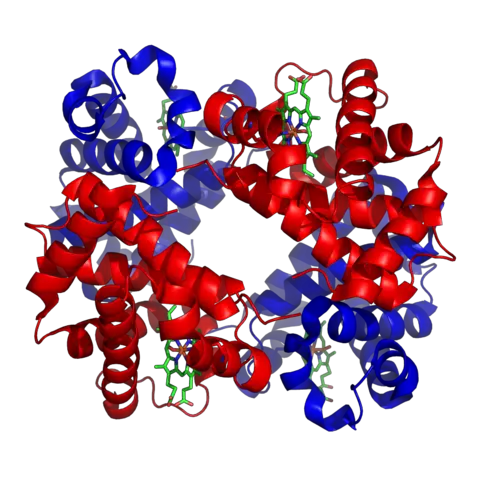You already probably know something about blood. It is the red liquid that you see whenever you have a cut. What you may not know is that there is a whole lot more to blood than that.
Blood is the highway of your body. It carries oxygen and nutrients to your different organs and brings used carbon dioxide back to the lungs to be exhaled. Blood also helps protect your body from infection.

Types of Blood
Many of us think that blood is a liquid. That is partially correct. Blood is made up of both liquid and solid.
The liquid part of blood is called plasma. Plasma is a yellowish color and it is made up of nutrients, proteins, hormones, and waste.
The solid part of blood is cells. Your blood has both red and white blood cells. Blood also contains platelets.
Blood is about half plasma. The other half is made up of platelets and red and white blood cells.
What Does Blood Do?
Blood circulates throughout your body. The main thing that blood does is transport oxygen and nutrients to the different parts of your body. Blood also helps keep you safe from disease.
Blood is sent throughout your body using your heart, arteries, and veins.
As you know, your heart is a muscle. With every beat it is sends blood to your lungs to gather oxygen. It then sends it to the different parts of your body through arteries. Blood returns to the heart through your body’s veins.
Plasma carries nutrients and water throughout your body. It also carries the solid parts of blood in it.
Red blood cells are the parts that carry oxygen. They are disc-shaped cells that contain hemoglobin. Hemoglobin carries oxygen to your body’s different parts and carries carbon dioxide back to the lungs.
White blood cells help protect your body from disease. They travel throughout your body to different tissues. White blood cells can leave your bloodstream and fight infections.
Platelets are responsible for helping the body with cuts. They clot your blood and stop it from leaving your body.

Types of Blood
Humans can be one of four blood types: A, B, AB, or O.
Blood is also either Rh-positive or Rh-negative. This means that it either has a Rh protein or not.
The letters have to do with the specific types of proteins that are found on red blood cells. Not everyone has the same proteins.
No blood type is healthier than any other. The type of blood someone has affects what types of blood their body will accept if they ever need a transfusion.

Interesting Facts:
- Blood gets its red color from hemoglobin carrying oxygen
- Red blood cells, white blood cells, and platelets are all made in bone marrow
- Red blood cells last about 4 months, platelets about 9 days, and white blood cells vary in their duration
- O+ is the most common type of blood, while AB- is the least common
